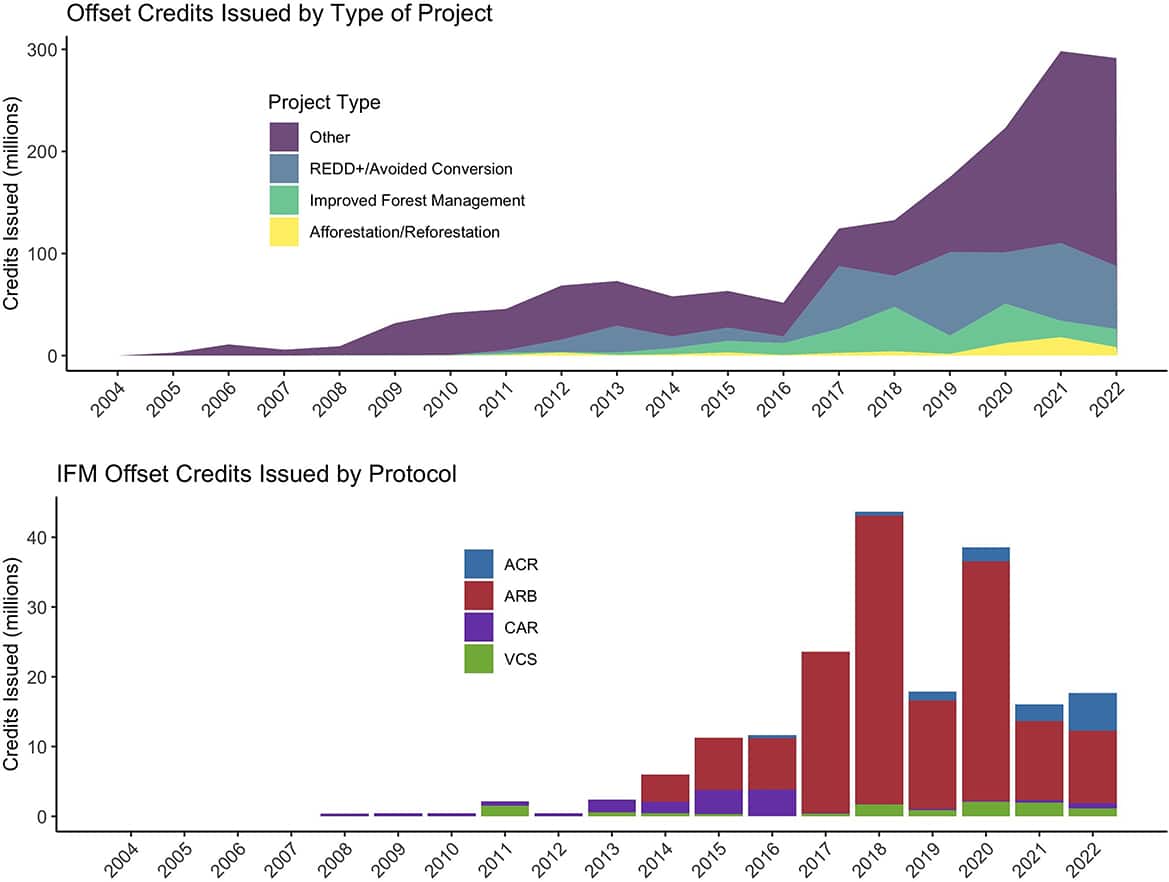Sumitomo Forestry, a top Japanese forestry company, has kicked off a bold initiative. They’ve launched a fund worth over $420 million to manage North American forests and create carbon credits. This move marks a significant step in the global fight against climate change.
The fund, amassing over $420 million, is the joint effort of 10 Japanese corporations, including Sumitomo Forestry. Their aim is to help reduce global carbon emissions by investing in forest management.
The nine other corporate investors of the fund include ENEOS Corporation, Osaka Gas Co., Tokyo Century Corp., Japan Post Holdings, Ltd., Nippon Yusen Kaisha, Fuyo General Lease Co., Sumitomo Mitsui Banking Corporation, Sumitomo Mitsui Trust Bank, and Unicharm Corporation.
Increasing the Value of Forests
The fund, called “Forestry Fund I”, will buy and manage 130,000 hectares of forest mostly in North America by 2027. It will be managed by Eastwood Forests, an expert in US forest funds management, and will run for 15 years.
The participating Japanese companies invested in this fund through their US subsidiaries. Through the fund, they aim to expand the forests they are managing and contribute to fighting climate change.
Sumitomo Forestry plans to build the world’s tallest building made from timber harvested from sustainably managed forests.
Highlighting the significance of the fund, Sumitomo Forestry President Toshiro Mitsuyoshi said that:
“[The fund can] “not only create economic value through timber trading but also contribute to the global environment through forest preservation and expansion and to helping investors offset their carbon emissions.”
Despite recent criticisms thrown at forestry projects, forests still have a big role to play in capturing carbon to limit global warming. And large companies continue to promote forests as a natural climate solution. They support forestry initiatives as part of their net zero and other climate goals.
Japan has also pledged to achieve net zero emissions by 2050. By expanding into North America, the Japanese corporations will also help increase the value of forests as carbon sinks.
The fund they invest in will generate carbon credits worth around 1 million tonnes of CO2 a year on average.
High-Quality Carbon Credits from Sustainable Forest Management
The carbon credits that will be created by the fund will be of high quality because of sustainable forest management activities, promoting the various functions of forests. These include carbon absorption, biodiversity, and water resource conservation.
Companies that find it difficult to reduce their carbon emissions to zero after performing robust reduction measures can buy the credits the fund generates.
Big companies, such as Microsoft Corp. and BP PLC, are also backing up and buying forest carbon credits. They use it either to offset their emissions or support nature-based climate solutions.
The new forest fund will keep track of global trends in carbon credits to create high-quality offsets. In addition to conventional forest management for timber production, the fund will focus on performing sustainable forest management.
Improved Forest Management (IFM) is one way to promote sustainable forestry. IFM promotes the recovery of forest vegetation by leaving promising young trees. It also creates forests with a hierarchical structure with trees of different species and ages.
Forestry projects accounted for 30% of the total carbon offset credits issued by voluntary registries in 2022. These projects come in various types including IFM, REDD+ (Reducing Emissions from Deforestation and Degradation), and afforestation/reforestation.
According to an analysis by Haya et al. (2023), IFM projects have generated 193 million carbon offset credits since 2008. That amount represents 28% of the total credits from forest projects and 11% of all credits generated in voluntary markets.

The review also found that in countries that issued forest offset credits from IFM projects, almost all credits (94%) were in the U.S. Moreover, the majority of them are registered under the ARB (California Air Resources Board) compliance carbon offset program. Almost 50% of these forest carbon credits are from projects in the U.S.
To date, most forest offset credits across all registries have been issued for cutting forest carbon losses by significantly reducing tree harvests compared to baseline scenarios.
Late last year, an Oak Hill Advisors-led consortium also bought 1.7 million acres of US timberland for $1.8 billion to reduce logging and improve forest carbon deals.
Overall, forestry projects like sustainable or improved forest management can potentially reduce carbon emissions and capture carbon in many ways. By restoring forests, enhancing biodiversity, promoting standing forests, etc., they can significantly contribute to mitigating global warming. Carbon offset credits have the potential to create important incentives to achieve this potential.
The carbon credits generated by the Sumitomo Forestry-led forest fund will be distributed to the investors.

